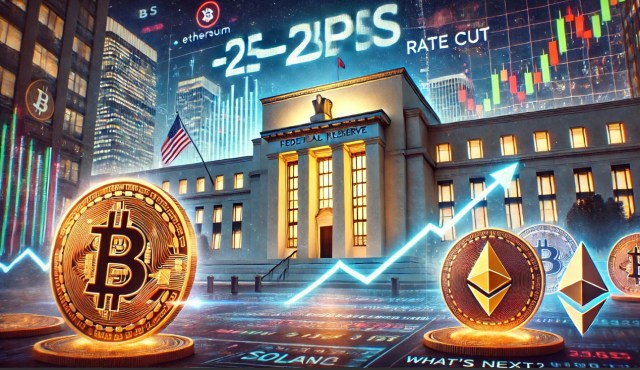The long-simmering rivalry between Solana and XRP holders is heating up again after a Solana Foundation manager publicly questioned whether the XRP Ledger (XRPL) is keeping pace with the rest of the crypto market.
In a fiery post on X, Vibhu, a growth manager at Solana Foundation, claimed that XRP’s network activity shows “barely any evolution” despite the token’s long history. He argued that XRPL has become static while Solana’s user base and transaction volume have exploded.
According to on-chain trackers, Solana currently records more than 2.5 million active users a day, dwarfing XRP’s estimated 25,000. Solana also processes roughly 100 million transactions daily, compared with XRP’s 1.5 million.
“The numbers speak for themselves,” Vibhu said, dismissing claims that Solana’s higher activity is artificial or bot-driven. He cited independent analytics from Blockworks, which filter out wash trading and automated volume.
Institutional Momentum Favors Solana
That growth has made Solana an unexpected darling on Wall Street. Traditional finance firms have started experimenting with its infrastructure—most notably Western Union, which is developing a Solana-based stablecoin scheduled to debut in 2026.
Monthly transaction data underline why the network is drawing attention: Solana handled nearly $2 trillion in stablecoin transfers in October alone, while XRP’s entire ledger volume averaged $50–60 billion.
Ripple Defenders Fire Back
The comments didn’t go unanswered. Within hours, members of the XRP community pushed back, arguing that comparing Solana and XRPL is like comparing “a racetrack to a highway.” They say Solana’s design favors throughput and experimentation, whereas XRP Ledger prioritizes reliability and regulatory compliance.
Some community figures criticized Ripple-related initiatives for “losing focus” by funding side projects instead of concentrating on XRPL growth. Others, including validator Vet, countered that diversity is the network’s greatest strength. “XRPL remains one of the few blockchains where users can genuinely act as their own bank,” Vet wrote, adding that the ledger’s built-in tools make it inherently business-ready without complex smart-contract coding.
Different Roads to Adoption
Analysts note that the two networks reflect distinct philosophies. Solana thrives on open-source developer culture and high-frequency applications such as trading and gaming. XRP, by contrast, leans toward enterprise integrations and payment infrastructure that demands predictable performance over hype.
Despite their divergent goals, Vibhu has challenged Ripple executives to a public debate on on-chain data—an offer that has electrified both communities and could reignite one of crypto’s oldest rivalries.
Quiet Progress Behind the Scenes
While the conversation online has turned combative, XRP’s developers continue to roll out upgrades. The recent Multi-Purpose Token (MPT) framework aims to simplify real-world asset tokenization, positioning XRPL for corporate-grade use cases.
Whether that methodical approach can match Solana’s explosive growth remains to be seen. What’s clear is that two very different visions of blockchain success—speed versus stability—are once again colliding in full view of the market.
The information provided in this article is for educational purposes only and does not constitute financial, investment, or trading advice. Coindoo.com does not endorse or recommend any specific investment strategy or cryptocurrency. Always conduct your own research and consult with a licensed financial advisor before making any investment decisions.
AuthorRelated stories
Next article
Source: https://coindoo.com/solana-vs-xrp-two-blockchains-two-very-different-growth-stories/


